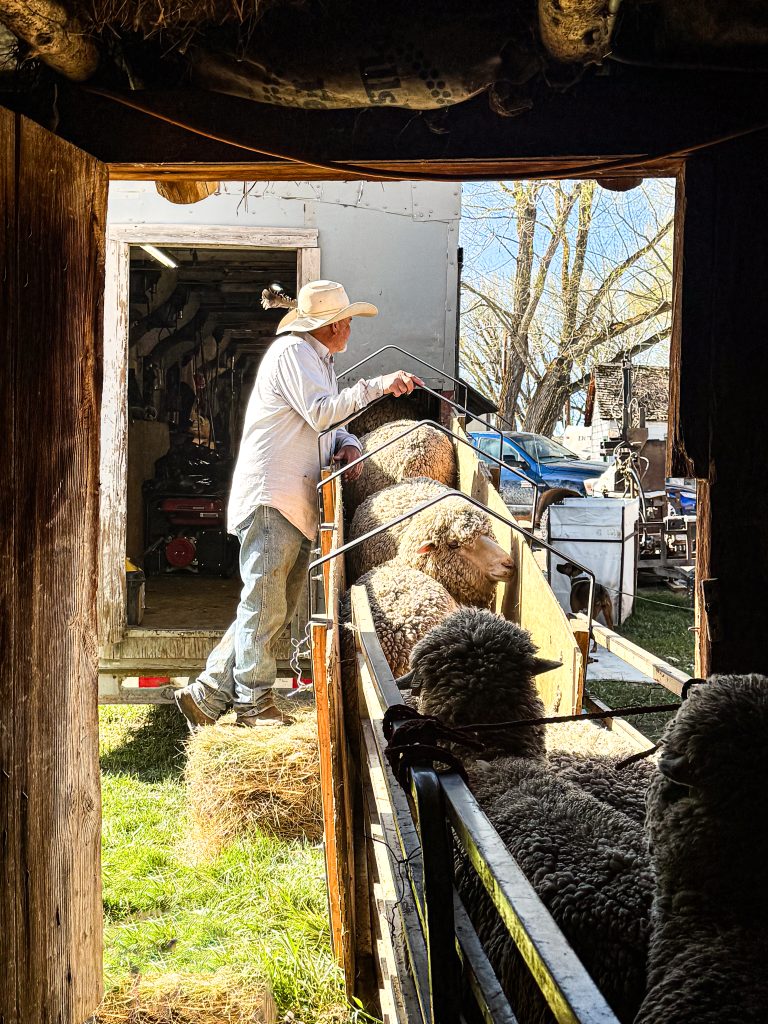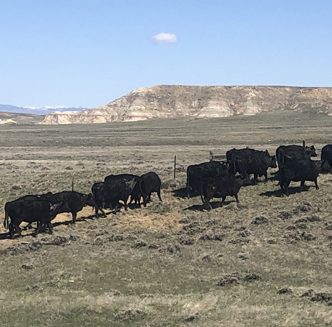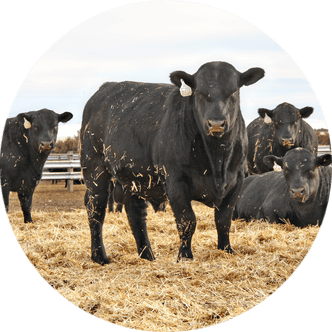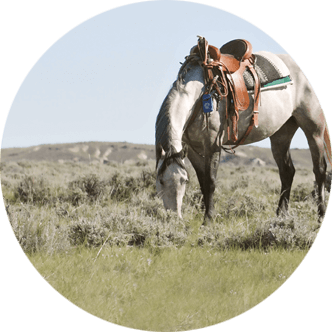2025 Wool Clip: Producers reminded preparation is key to a successful shearing day

As May quickly approaches and spring-calving herds start to wind down, Wyoming’s sheep producers will gear up for lambs to hit the ground, and part of these preparations include getting flocks shorn.
Whether shearing a handful of sheep or a massive range flock, an efficient shearing day is critical, and producers are reminded not to overlook the details of the annual task from one year to the next.
“A year is spent growing the product, while only a few minutes are required to harvest it. It is in this brief harvest period quality is often adversely affected,” reads a passage in the American Sheep Industry Association’s (ASI) “Code of Practice for Preparation of Wool Clips.”
Weeks ahead
In the weeks ahead of shearing, ASI notes it is essential to contact a shearer and set a shearing date early. But, it is also important to remain flexible since Wyoming’s unpredictable spring weather, broken equipment, illness, time spent at other operations, etc. can hamper the shearer’s ability to make the designated date.
In the meantime, producers should order any needed supplies such as wool packs or bags, clips, markers, veterinary provisions such as antiseptic spray and fly ointment and other supplies such as disinfectant, insecticides, wormers, vaccines, hoof trimmers and branding fluid.
“Individuals should also schedule extra help for shearing day,” ASI notes. “If their shearer doesn’t offer wool handling and/or classing services, they’ll want to find someone who can help with that. They’ll also need extra sets of hands to move and pen sheep, as well as a variety of tasks which often come up on shearing day.”
Additionally, producers should prepare holding pens and, for smaller operations, a clean, dry environment will need to be prepped for shearing to take place.
“The area should be large enough for the shearer to maneuver while shearing and easy to sweep so it can be kept clean,” ASI suggests. “Two four-feet by six-feet sheets of plywood on flat ground in a covered barn make an excellent shearing floor for a small flock.”
ASI recommends raising the shearing floor off of the ground to help reduce contamination and to make wool handling easier, and notes, the shearing floor should be flat, non-sloping, solid and smooth, but not slick or rough.
“Sheep should not be shorn on old rugs, carpets or poly tarps,” ASI continues. “Make sure the area is well lit and electrical outlets are available within six feet of the shearing surface.”
Wool handling and packaging equipment should be cleaned and set up, and a clean, dry area should be set aside for wool storage.
Days prior
In the days leading up to the shearing date, sheep should be sorted in the order they will be shorn. First and foremost, ASI recommends sorting sheep by wool type, but sheep can also be sorted by age, sex, pasture group and health status.
Additionally, sheep should be penned in dry, covered, contaminant-free pens to keep wool as dry and clean as possible. Wet or damp wool should not be shorn.
Sheep should also be kept off of feed and water for approximately 12 hours before shearing depending on age and stage of production.
ASI notes this is important for the health and safety of both the sheep and the shearer.
“If the gut of a sheep is full, it can add significant weight to the sheep, placing additional downward pressure on the sheep’s organs when in the shearing position, which causes discomfort for the sheep,” ASI explains. “This might cause the sheep to kick or struggle, leading to more stress on the sheep and extra work for the shearer.”
“We also want to avoid having sheep urinate or defecate on the shearing surface,” ASI continues. “In addition to contaminating the wool, this can create a slippery work surface for the shearer.”
Shearing day
When shearing day arrives, ASI recommends shearing white-faced sheep first, followed by colored sheep and hair crosses to avoid contamination of the wool.
Belly wool and any areas of high contamination should be removed from the fleece, and topknots and excess tags should be packaged with the floor sweepings. Wool should also be skirted, classed and packaged with similar wool for marketing purposes.
Immediately after shearing, sheep should be fed and watered. If cold, wet weather blows in after shearing day, it is recommended to provide shelter for the flock.
“And, while the sheep and wool are the first priority on shearing day, remember to take care of shearers,” ASI says. “Always ensure sheep are penned and supplies ae ready. Providing bathroom facilities, a meal and easily accessible water for them will go a long way toward assuring they return the following year.”
“Remember, shearing is a difficult, physically demanding job and there are fewer and fewer people willing to take it on every year, so it is important to keep shearers happy,” ASI concludes.
Hannah Bugas is the managing editor of the Wyoming Livestock Roundup. Send comments on this article to roundup@wylr.net.





